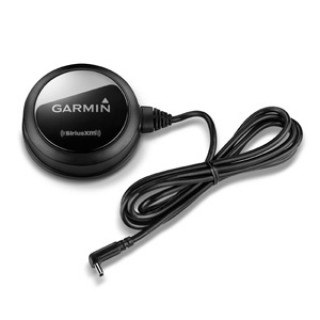Antennas
In radio engineering,
an antenna is an interface between radio waves propagating
through space and electric currents moving in metal conductors, used with
a transmitter or receiver. In transmission, a radio
transmitter supplies an electric current to the antenna's terminals, and the
antenna radiates the energy from the current as electromagnetic
waves (radio waves). In reception, an antenna intercepts some of the
power of a radio wave in order to produce an electric current at its terminals,
that is applied to a receiver to be amplified. Antennas are essential
components of all radio equipment.
An antenna is an array
of conductors (elements), electrically connected to the receiver or
transmitter. Antennas can be designed to transmit and receive radio waves in
all horizontal directions equally (omnidirectional antennas), or preferentially
in a particular direction (directional, or high-gain, or “beam” antennas). An
antenna may include components not connected to the transmitter, parabolic
reflectors, horns, or parasitic elements, which serve to direct the
radio waves into a beam or other desired radiation pattern.
GXM™ 42
The Garmin GXM 42 portable SiriusXM Aviation weather receiver that when paired with an aera 796 allows pilots to access new weather services made available by SiriusXM‘s enhanced satellite network.The updated SiriusXM Aviation service gives pil..
TN70 GPS
If you’re an aircraft owner looking for a fully compliant ADS-B Out solution, (usually in mandated airspace) then the TN70 is the ideal partner for a Trig transponder. The TN70 is simple to install and provides a great way to add..
TN72 GPS
The TN72 GPS Position Source brings ADS-B Out capabilities to your Trig transponder. Lightweight and easy to fit, the highly affordable TN72 uses certified technology making you visible to all ADS-B In traffic ..
 Logo.png)




